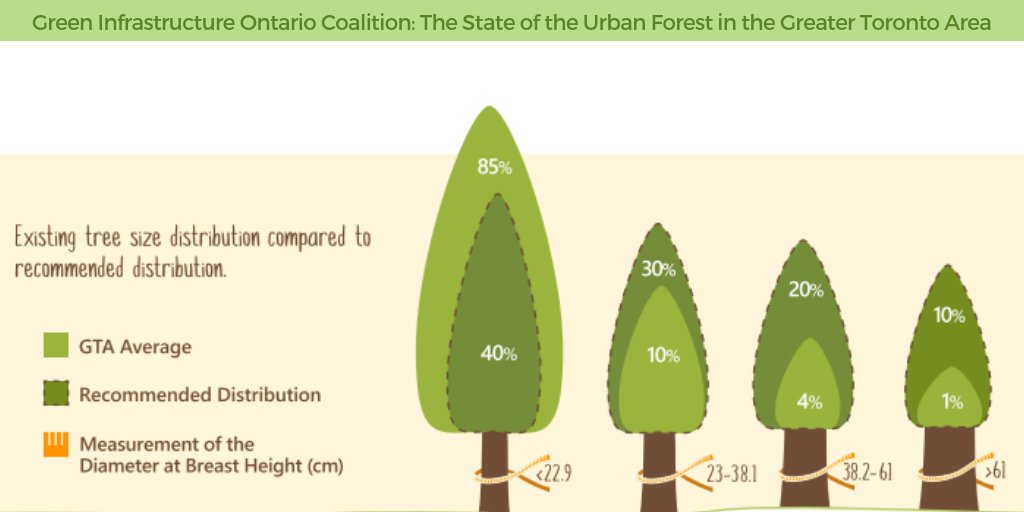Examining Tree Wellness: Guidelines For Picking Tree Removal
Examining Tree Wellness: Guidelines For Picking Tree Removal
Blog Article
Short Article By-Fields Bright
If you have actually ever questioned the fate of the trees on your building, understanding when it's time for elimination is essential. However just how do you determine if a tree can be conserved or if removal is the only alternative? By searching for particular signs and examining safety threats, you can make enlightened choices that benefit both your landscape and your environments. Allow's explore the vital factors that come into play when choosing the fate of a tree and exactly how you can guarantee the best result for your green buddies.
Indicators of Tree Decline
If you discover any of the adhering to signs of tree decline in your yard, it may be time to consider tree removal.
One usual indicator is dead or worn out branches, which can show underlying concerns influencing the tree's health. Keep an eye out for stained or wilted fallen leaves that persist despite having appropriate treatment, as this could be a sign of condition or pests.
One more warning signal is excessive leaning or a noticeable change in the tree's base, which may recommend root problems or architectural instability. Keep an eye out for fungal development on the trunk or roots, as this can indicate rot and jeopardize the tree's security.
Furthermore, if you observe large splits in the trunk or major arm or legs, it's crucial to deal with these concerns without delay to stop potential threats. Attending to these indications of tree decline without delay can aid keep the security and looks of your backyard environment.
Safety and security Problems
To guarantee the health of your residential property and those around you, focusing on security problems related to trees is vital. Trees can posture various security threats if not properly maintained. Dead or rotting branches might drop all of a sudden, jeopardizing individuals or harmful frameworks.
Leaning trees can also be hazardous, especially if they're leaning towards a structure or high-voltage line. In addition, trees with considerable origin systems near foundations or underground utilities can trigger significant damage over time.
linked web-site to routinely inspect your trees for any type of indications of potential danger. Watch out for cracks in the trunk, huge tooth cavities, or indications of condition and decay. If you see any of these problems, it's best to consult with a professional arborist to assess the circumstance and identify the essential strategy.
Taking aggressive actions to attend to safety and security issues immediately can avoid mishaps and residential or commercial property damage in the future. Keep in mind, the safety of your building and those around you must always be the leading priority when it involves tree upkeep.
Consulting an Arborist
When considering the health and safety of your trees, consulting an arborist is an essential action. Arborists are educated professionals that focus on the care and upkeep of trees. They can assess the total wellness of your trees, identify any type of issues such as illness or architectural issues, and give expert suggestions on the best strategy.
By seeking advice from an arborist, you can obtain valuable insights into the condition of your trees and determine whether elimination is needed. Arborists have the understanding and experience to review the risks related to keeping a tree versus removing it. They can additionally use assistance on alternate services, such as pruning, cabling, or supporting, to help maintain the tree whenever possible.
Moreover, https://www.google.com/search?q=Precision+Timber+Felling&ludocid=14488364426700125656&lpsid=CIHM0ogKEICAgID70bvttwE&source=sh/x/localposts/m1/1&lsig=AB86z5XDzNisBWY-O2yj3bksCBA3&shndl=-1&kgs=857edde0ca74e2e9 can help you browse any type of regional guidelines or permits that might be needed for tree removal. Their experience can make certain that the procedure is carried out securely and in compliance with any appropriate laws.
Verdict
In conclusion, when identifying whether trees can be saved or if removal is necessary, it is essential to think about signs of decline and security problems. Consulting an arborist for an extensive assessment is essential in making the best choice for the tree's health and wellness and potential dangers. Keep in mind, aggressive treatment and timely action can help maintain trees and prevent mishaps.
